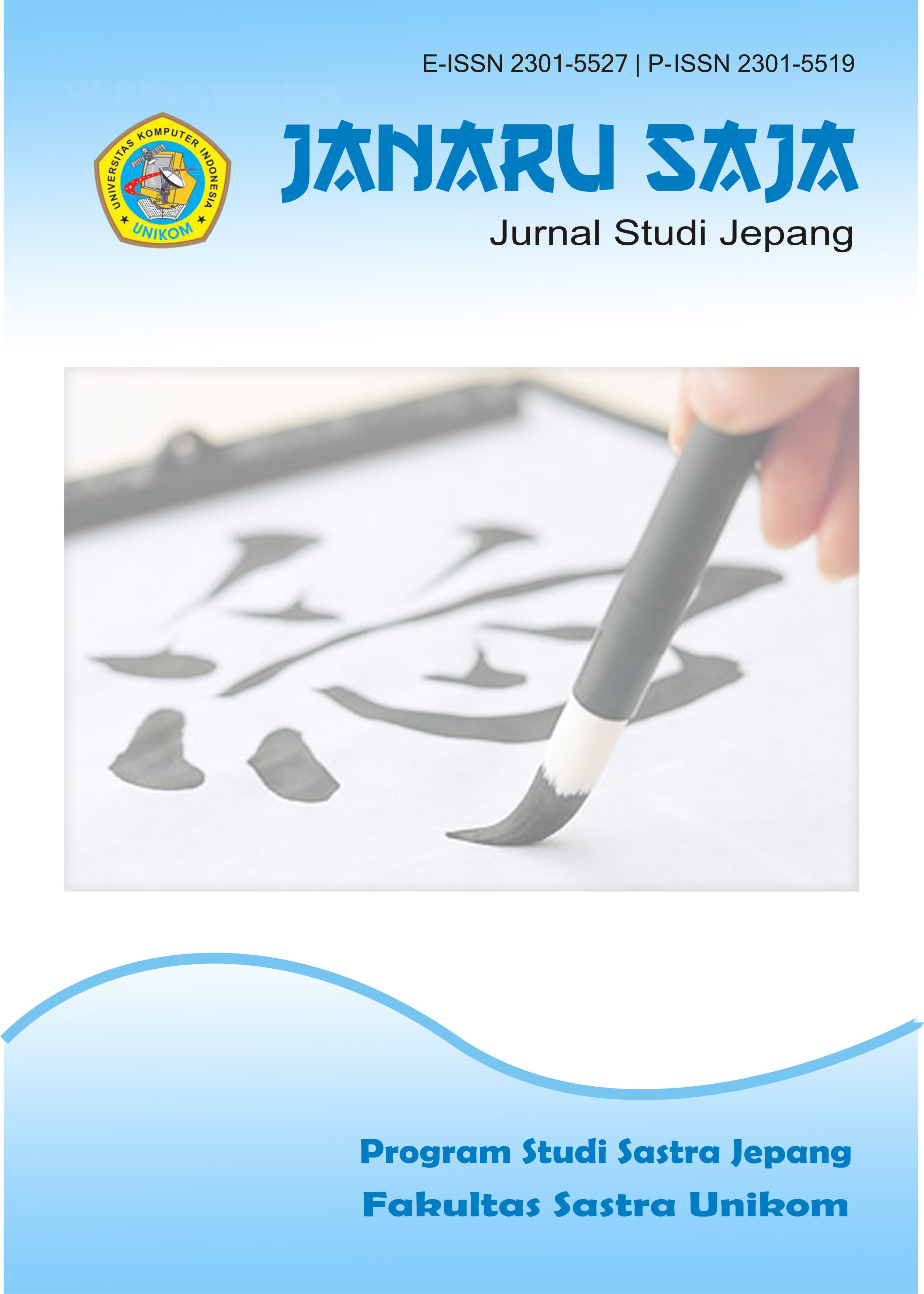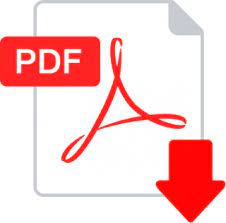Fungsi dan Makna Houkou ni Kansuru Mono sebagai Kata Tunjuk Dalam Bahasa Jepang (Kajian Pragmatik)
DOI:
https://doi.org/10.34010/js.v6i1.2144Abstract
Abstrak
Pronomina penunjuk atau kata tunjuk dalam penggunaan bahasa Jepang dalam menunjukkan arahvbahasa Jepang disebut dengan houkou ni kansuru mono. Tujuan dari penelitian ini yaitu untuk mnegetahui bagaimana penggunaan dan makna dari kata tunjuk arah dalam drama yang berjudul nobunaga concerto live action. Metode yang digunakan dalam penelitian ini adalah deskriptif. Hasil dari penelitian ini menemukan kata tunjuk kochira dan dochira, apabila dilihat dari makna nya kata tunjuk tersebut tertuju kepada orang untuk menunjukkan arah secara sopan. Kesimpulan dari penelitian ini kata kochira menunjukkan arah oleh pembicara lawannya dan dochira juga dapat digunakan untuk menanyakan arah oleh lawan bicara kepada pembicara.
Kata Kunci : demonstratif, pragmatik, shiji daimeishi.
Abstract
Demonstrative pronouns in the use of Japanese in referring to Japanese directions are called houkou ni kansuru mono. The purpose of this study is to find out how the use and meaning of pointing words in the drama titled Nobunaga Concerto Live Action. The method used in this research is descriptive. The results of this study found the words kochira and dochira, when viewed from the meaning of the words they were directed at people to show directions politely. The conclusion from this study, the word Kochira shows the direction of the speaker by his opponent and dochira can also be used to ask the
interlocutors for directions to the speaker.
Keywords : demonstrative, pragmatic, shiji daimeishi.
Downloads
Published
Issue
Section
License
- Authors retain copyright and grant the journal right of first publication with the work simultaneously licensed under a Creative Commons Attribution License that allows others to share the work with an acknowledgement of the work's authorship and initial publication in this journal.
- Authors are able to enter into separate, additional contractual arrangements for the non-exclusive distribution of the journal's published version of the work (e.g., post it to an institutional repository or publish it in a book), with an acknowledgement of its initial publication in this journal.
- Authors are permitted and encouraged to post their work online (e.g., in institutional repositories or on their website) prior to and during the submission process, as it can lead to productive exchanges, as well as earlier and greater citation of published work (See The Effect of Open Access)











.jpg)

